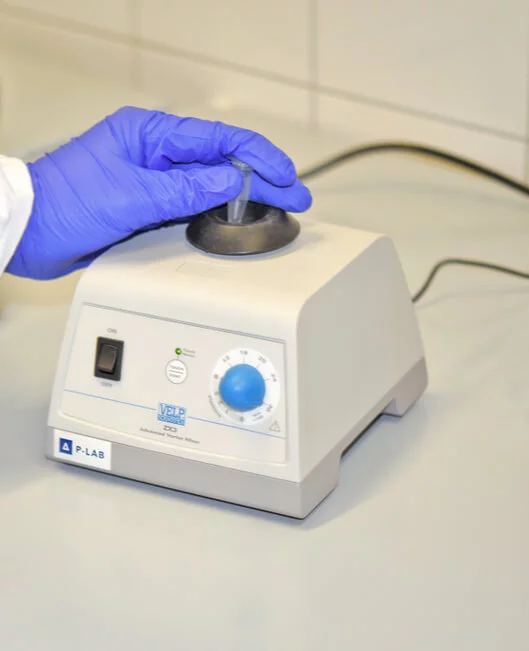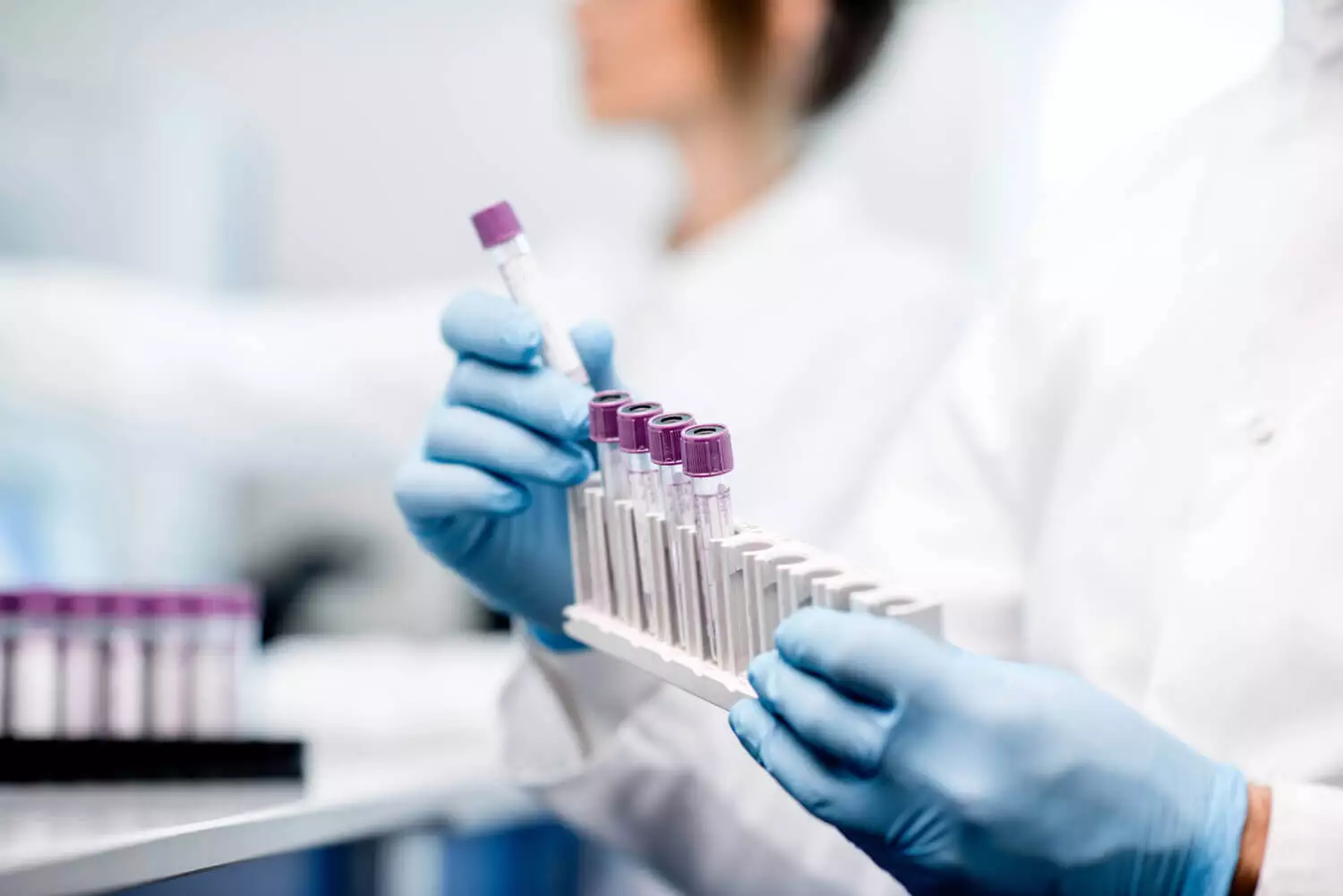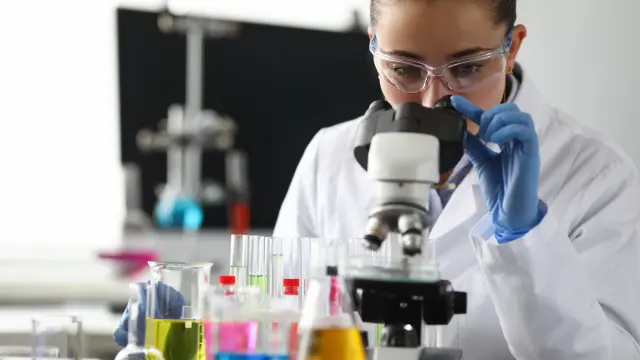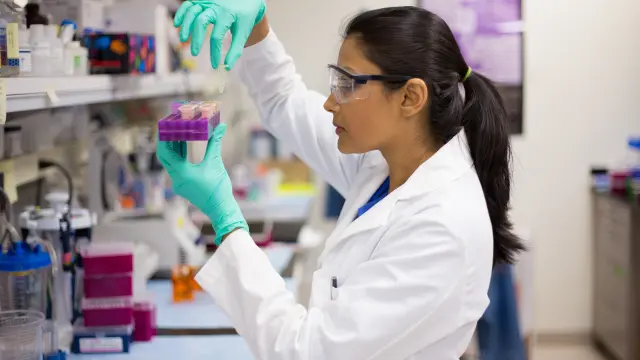Ask Us About Your Study
Analytical Method Transfer (AMT) must be reported in adequate detail to allow assay reproduction and obtain data within acceptance criteria as per the US FDA’s relevant guidelines. Typically, Method Transfer is completed ahead of assay transition to a new bioanalytical facility. Among other reasons, this could be necessitated by the requirement to perform the sponsor assay in more stringent conditions, such as GMP/GLP/GCLP. NorthEast BioLab analysts are proficient in interpreting Analytical Method Transfer reports for GLP/GCLP Assay set up at our facility, as well as preparing detailed documentation for shifting sponsor assay to other GMP facilities and locations.
What Is Analytical Method Transfer?
Analytical Method Transfer: Leverage and Improve Research Mode Bioanalysis
Analytical method transfer is a critical step in drug development that’s quite frequently encountered by biotech and pharma R&D personnel. Broadly, it is a documentation process that enables one laboratory (receiving laboratory) to set up and utilize an analytical test procedure that originated in another laboratory (sending laboratory). Method transfer ensures that the receiving lab has all pertinent method details, such as sample preparation approach, favorable equipment settings, and desired atmospheric conditions to reproduce the analytical test procedure systematically.
Proper method transfer minimizes unnecessary trial and error given the receiving laboratory takes method setup guidance from another lab successful with that method already. Often, the step takes place before the method gets validated at the sending lab given the receiving lab typically will have to validate the method anyway for generating data worthy of regulatory submission. Naturally, it is more resource, time, and cost effective to do the method transfer prior to validation. Method transfers can occur between different labs at the same testing site, or between different sites of the same company, or even between different companies and labs depending on a variety of scientific, financial, and human resources related factors. The requirements for the transfer such as extent of documentation, however, change based on the lifecycle stage of the method.
It’s important to have specific standard operating procedures in place to ensure the analytical method transfer is comprehensive and reliable. For instance, a detailed and well-written method protocol should be shared before the transfer process begins. Ideally, the sending lab should make its experts accessible to the receiving lab before the transfer as well. Finally, the receiving lab should test-run the procedure and flag potential issues for clarification before the transfer is completed.



